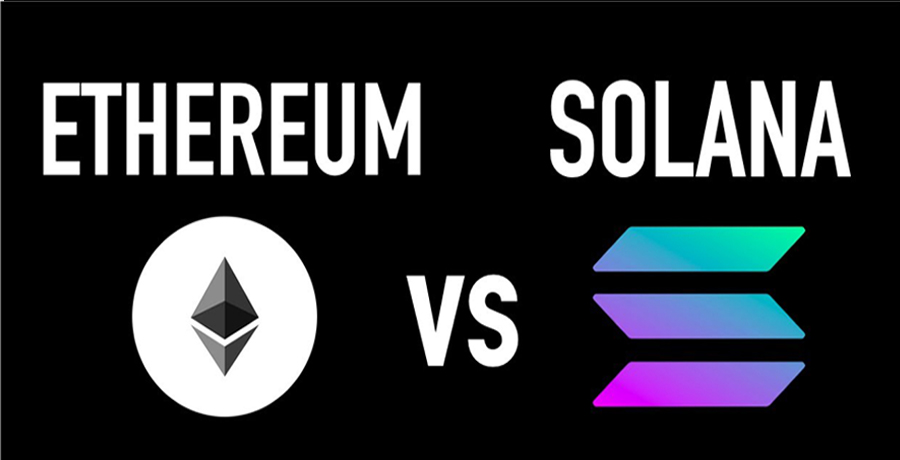Introduction
Cryptocurrencies have revolutionized the way we think about money, financial transactions, and even ownership. Bitcoin (BTC), the most popular and largest cryptocurrency by market capitalization, is now being used for much more than just payments.
One of the latest innovations in the Bitcoin blockchain is the concept of BTC Ordinals. On the other hand, Ethereum non-fungible tokens (NFTs) have gained massive adoption and popularity among crypto investors.
In this article, we’ll take a closer look at both BTC Ordinals and Ethereum NFTs concepts, exploring what they are, how they work, their use cases, differences, and prospects.
Understanding BTC Ordinals and How They Work
The term BTC Ordinals refer to a protocol that allows the storage of digital artifacts directly on the Bitcoin blockchain using identifiable metadata inscriptions. These metadata inscriptions provide additional context or record as an output, resulting in the creation of digital artifacts similar to NFTs. Ordinals are ranked in a hierarchical structure, representing a form of categorization on the blockchain.
The Ordinals protocol allows for the use of block space on each Bitcoin satoshi to store digital artifacts directly on the blockchain. This functionality is largely due to the availability of the witness signature data of bitcoin transactions, introduced after the Taproot upgrade and soft fork in 2021. Notably, the Segregated Witness (SegWit) update in 2017 allowed for more robust inscriptions to a maximum limit of 4 megabytes (MB), increasing the block size and space allotted for metadata inscriptions.
Use Cases of Bitcoin Ordinals
One of the most significant use cases of BTC Ordinals is in the storage of digital assets that require a high level of security.
Bitcoin’s decentralized network and high level of security make it an ideal place to store such assets. For example, digital identity, digital certificates, and important documents like wills or deeds can be stored on the blockchain using BTC Ordinals.
Another use case is the creation of digital collectibles, similar to NFTs, but with the added security of being stored on the Bitcoin blockchain. This can include digital art, rare in-game items, and even virtual lands.
Understanding Ethereum NFTs
Ethereum is the second-largest cryptocurrency by market capitalization and the largest smart contracts platform. The blockchain has quickly grown to become well-known for its non-fungible tokens standard — ERC-721.
Ethereum NFTs are simply digital assets that are stored on the blockchain, representing ownership of a unique item or piece of digital content. Ethereum NFTs can also be used to represent digital art, music, videos, or any other type of digital content that is unique.
They have become incredibly popular, with millions of dollars being spent on unique digital assets. In March 2021, an NFT by the artist Beeple sold for a record-breaking $69 million, making it the most expensive NFT ever sold.
Unlike BTC Ordinals, which are hierarchical, Ethereum NFTs are unique and cannot be replicated. Each Ethereum NFT is one-of-a-kind, and ownership is stored on the blockchain. This makes them an ideal solution for proving ownership and authenticity of digital content.
However, some critics argue that the value of NFTs is based purely on speculation and hype and that they lack any intrinsic value.
Regardless of the debate around their value, Ethereum NFTs have opened up a new world of possibilities for digital creators and artists. The ability to create and sell unique digital content has created new revenue streams and opportunities for artists, musicians, and other creators. This makes the creation and sale of digital art the most common use case of NFTs but Ethereum NFTs can be used in much more capacities.
Differences between BTC Ordinals and Ethereum NFTs
There are several key differences between Bitcoin Ordinals and Ethereum NFTs. The first difference is in their structure. BTC Ordinals are hierarchical, representing a form of categorization on the blockchain, while NFTs are unique assets that cannot be replicated or exchanged for one another.
Another difference is in their use cases. BTC Ordinals are primarily used for the secure storage of digital assets and the creation of digital collectibles. Ethereum NFTs, on the other hand, are primarily used for the creation and sale of unique digital content, such as art and music.
The third disparity is in their popularity and market value. While BTC Ordinals are still a relatively new concept, Ethereum NFTs have exploded in popularity, with billions of dollars recorded in the NFT market cap.
Future of BTC Ordinals and Ethereum NFTs
Both BTC Ordinals and Ethereum NFTs have immense potential in the cryptocurrency world. The ability to prove ownership and store digital assets securely on the blockchain is incredibly valuable, and both concepts offer unique solutions in this regard.
In the case of Ethereum NFTs, the importance of unique digital content creation and ownership is vast. As the world becomes increasingly digital, the need for digital asset ownership rights is only going to increase, and Ethereum NFTs offer a suitable solution.
For BTC Ordinals, its functionality in the area of digital collectibles creation and their secure storage could make the new concept become increasingly popular over time. Notably, Bitcoin is proof-of-work founded and this consensus mechanism makes it a highly secured blockchain that is almost impossible to hack.
So to conclude, the future of BTC Ordinals is still one that requires a lot of development and innovation. We have seen exchanges like DIFX, Kucoin, Bitmex, Binance and OKX already take steps to acknowledge this new standard and actively work on implementing them into their exchanges. Now whether BTC ordinals and BRC-20 will grow beyond collectibles is something that is still yet to be confirmed.



